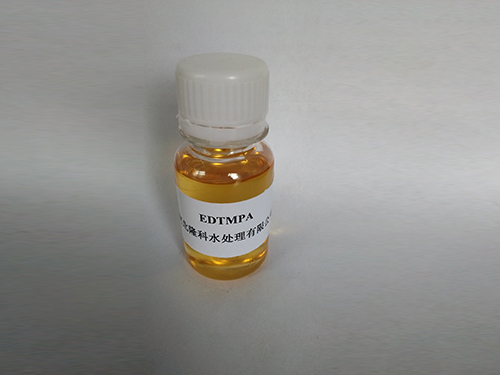Exploring the Properties and Applications of Polyacrylamide in Various Industries
The Significance of Polyacrylamide in Scientific Applications
Polyacrylamide (PAM) is a versatile synthetic polymer, widely recognized for its utility in various scientific and industrial applications. Composed of acrylamide monomers, this polymer possesses unique properties that make it a material of choice in fields ranging from biochemistry to environmental engineering. Its ability to form gel-like structures and facilitate water retention has led to its remarkable use in different domains.
The Significance of Polyacrylamide in Scientific Applications
Moreover, polyacrylamide plays a significant role in the field of wastewater treatment. As a flocculant, it aids in aggregating fine particles suspended in liquids, facilitating their removal from wastewater. This property is essential for improving water clarity and quality, as it helps to separate contaminants from treated water. The use of polyacrylamide in this context is particularly notable given the increasing concerns over environmental pollution and the need for effective waste management solutions.
polyacrylamide is a

In agriculture, polyacrylamide has emerged as a critical resource for soil conditioning and water retention. When applied to soil, it enhances the soil’s ability to retain moisture, thereby improving crop yields, especially in arid regions. The incorporation of polyacrylamide into soil improves its structure, making it more conducive for plant growth by reducing erosion and enhancing nutrient retention. This application not only supports agricultural productivity but also contributes to sustainable farming practices by minimizing the need for frequent irrigation.
While polyacrylamide brings numerous benefits, it is essential to understand the implications of its usage, particularly concerning safety. Acrylamide, one of its precursors, is classified as a potential neurotoxin. Consequently, handling polyacrylamide requires adherence to safety protocols to mitigate exposure risks, especially in laboratory and industrial settings. Researchers are encouraged to follow established guidelines and regulations to ensure safe use, particularly when scaling up applications for commercial purposes.
The ongoing research in the field of polymer science continues to unveil new properties and potentials of polyacrylamide. Scientists are exploring the use of modified polyacrylamide structures to enhance its effectiveness in various applications, such as drug delivery systems and controlled release formulations. Such innovations could transcend traditional applications, paving the way for breakthroughs in medicine and biotechnology.
In conclusion, polyacrylamide stands out as a multifunctional polymer with significant implications in numerous fields, including biochemistry, environmental science, and agriculture. Its adaptable properties allow for diverse applications, making it a vital material in scientific research and industry. With ongoing advancements and a greater understanding of its uses and safety measures, polyacrylamide is poised to remain an essential component in the toolkit of modern science, offering solutions to some of the pressing challenges faced by society today. The future of polyacrylamide holds the promise of continued innovation, contributing to sustainable development across various sectors.
-
Understanding Polycarboxylic Acids: Properties, Applications, and Future PotentialNewsJul.28,2025
-
Scale Inhibitor Explained: How to Protect Your System from Limescale and Hard Water DamageNewsJul.28,2025
-
Scale and Corrosion Inhibitors: Essential Chemicals for Industrial Water System ProtectionNewsJul.28,2025
-
Polyaspartic Acid: A Biodegradable Polymer for Sustainable ChemistryNewsJul.28,2025
-
Isothiazolinones: A Versatile Antimicrobial Class with Industrial Power and Regulatory ChallengesNewsJul.28,2025
-
A Deep Dive into 2-Phosphonobutane-1,2,4-Tricarboxylic Acid (PBTC)NewsJul.28,2025





